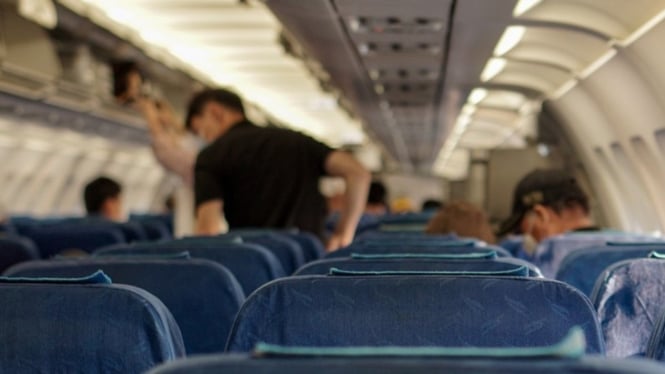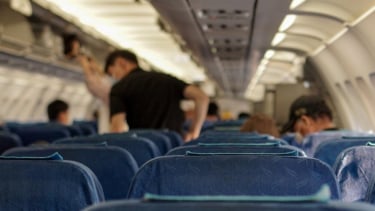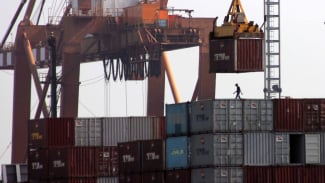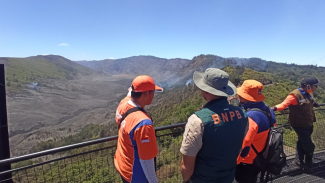- Pixabay/ juno1412
Jakarta – Turbulence refers to the irregular and often unpredictable flow of air in the atmosphere. It can be caused by a variety of factors, including atmospheric conditions, wind patterns, and terrain.
Turbulence is a common occurrence during flights and is generally not dangerous for airplanes. Modern aircraft are designed and built to withstand turbulence, and pilots are trained to navigate through it safely.
However, severe turbulence can be uncomfortable for passengers and may result in minor injuries if passengers are not properly secured in their seats. Most turbulence during flight is mild to moderate in nature, and while it may feel uncomfortable for passengers, it is not actually harmful to the aircraft itself. Modern aircraft are designed to handle turbulence very well.
Severe turbulence is less common and can cause more violent aircraft movements. However, incidents of aircraft damage due to turbulence are extremely rare.
In fact, most injuries that occur due to turbulence are to passengers who are not wearing seatbelts or to cabin crew who are in the aisle when turbulence occurs.
So, here are some tips when Turbulence happens during a flight:
Ilustrasi anak menangis di pesawat
- iStock.com
1. Stay seated
Keep your seatbelt fastened at all times when seated. This is the most important safety precaution to protect yourself from injuries during turbulence.
2. Listen to the crew
Pay attention to the flight attendants' announcements and follow their instructions. They are trained to help ensure your safety.
3. Stay calm
Turbulence can be unsettling, but remember that it's a normal part of flying. Take deep breaths, relax, and focus on something else, like reading or watching a movie.
4. Avoid standing or moving around
When turbulence is expected or occurring, it's best to remain seated and avoid walking in the cabin. This reduces the risk of falling or bumping into things.
6. Use the restroom before turbulence
If possible, visit the restroom before the seatbelt sign is illuminated to avoid potential discomfort during turbulence.
7. Hold onto your seat
If you're not using your tray table or personal electronic device, it's a good idea to have one hand on your armrest or seatback for added stability.
8. Trust the aircraft and crew
Remember that modern aircraft are designed to handle turbulence safely, and the flight crew is trained to manage it. Stay confident in their abilities.
While turbulence is typically not a major safety concern, it's always important for passengers to follow crew instructions, keep their seatbelts fastened, and stay seated when the seatbelt sign is on to minimize any potential risks associated with turbulence.



























